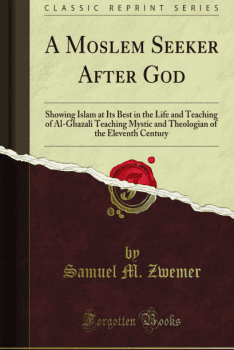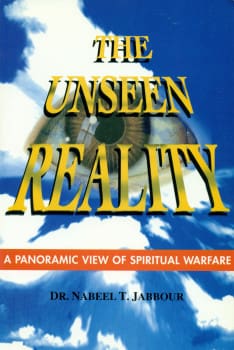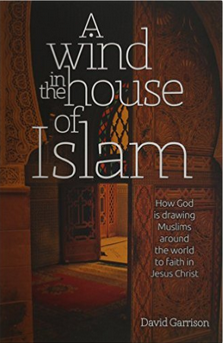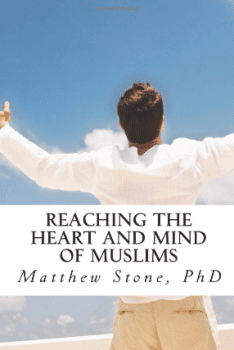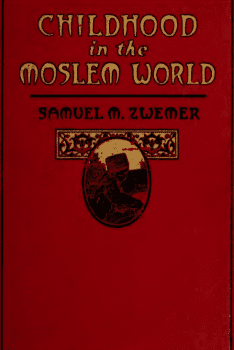Would Calvin Understand Muslim Anger Over Muhammad Drawings?
Muslims are not alone in forbidding or destroying religious imagery. In fact, during the aftermath of the horrific killings of the Charlie Hebdo staff, some French may have recalled 16th century iconoclastic riots in France in which Calvinist Protestants (Huguenots) rioted and killed clergy in their zeal to rid the land of religious images.
Hearing about two gunmen killed in Texas at an event that included a contest for drawing Muhammad cartoons, my first thought was of a Hindu friend, Prem. I lived in India in my early 20s and had the joy of leading her to Christ. After discipling her for several weeks, one day she pleaded with me: “Please, if only I could have a picture of Jesus in my room, so I can know to whom I am praying.” My instinctive reaction to this request from a former idolater was, “No! No pictures of Jesus!” I cannot relate to killing someone who draws pictures of the Arabian prophet, but I can understand trying to protect a new disciple from idolatry by forbidding images of religious figures.
Undoubtedly, there are many motivations besides religious zeal that inspire gunmen in Texas, Charlie Hebdo terrorists in France, and ISIS in Iraq who deface historical images, but their justification is the same. It is rooted in Islam’s rejecting any depictions of their prophet—or of God. They cling to that stance for the same reason I wanted to shield Prem from a picture of Jesus. They see it as a stumbling block that pulls people towards sinful idolatry. Islam was born in a region rife with polytheism and idolatry, so like Judaism, Islam reacts against them. Though the Qur’an doesn’t specifically address prophetic images, it does reject pictures of God: “Behold! He said to his father [Abraham] and his people, ‘what are these images to which you are so assiduously devoted?’ They said, ‘We found our fathers worshipping them.’ He said, ‘Indeed, you have been in manifest error – you and your fathers” (21:52-54). Also, the Hadith (sayings of Muhammad), upon which much Islamic law is based, warns against images for the same reason.
Muslims, however, are not alone in forbidding or destroying religious imagery. In fact, during the aftermath of the horrific killings of the Charlie Hebdo staff, some French may have recalled 16th century iconoclastic riots in France in which Calvinist Protestants (Huguenots) rioted and killed clergy in their zeal to rid the land of religious images. They were inspired in part by John Calvin, who wrote extensively on images in the Institutes (1.11), and warned that depictions of divine figures have a tendency to tempt followers toward idolatry: “Since this brute stupidity gripped the whole world–to pant after visible figures of God, and thus to form gods of wood, stone, gold, silver or other dead and corruptible matter–we must cling to this principle: God’s glory is corrupted by an impious falsehood whenever any form is attached to Him.”
If you are a protestant, you may have grown up with images of a blue-eyed Jesus in Sunday school, but compared to your Eastern Orthodox and Roman Catholic friends, your church was image free. For practically the same reasons as our Muslim friends, we Protestants have an anti-image mentality built into our religious DNA. However, while browsing in a Christian bookstore, you may have appreciated a painting of Jesus by Thomas Kinkade, or pictures of the Sistine chapel. Perhaps you felt that art, like music, can inspire worship without drawing you into worship of the art itself.
My friend Prem was not expressing ungodly desires when she said, “If only I could see Jesus.” She was verbalizing the longing of every human soul. Such God-given desire can only be satisfied through the Incarnation and indwelling of His Spirit. Idolatry is a perverted attempt to satisfy that longing. If there is anything Muslims know well, it is the human tendency towards sin. They have written a strict legal code to manage that sinfulness and prescribed severe punishments for infractions. Islamic law is like a fence, erected to keep the faithful on the straight and narrow. But the problem with legal fence-building is that obeying the law fails to satisfy our holy longing to see the face of God.
We Christians, who live as light to the nations, yearn for Muslims to see Christ in all his glory and majesty. We want them to be drawn to the Light by his Spirit, not herded like cattle by being fenced into it. We want them to see God’s face in the person of Christ. Let us bear this in mind next time we hear the news of violent reactions to foolish cartoons. Rather than debating free speech or cultural respectfulness, let us strive to redirect conversations to the deep-seated desire we all have to experience the One we worship.
For more on Muslim-Christian Relations in times of violence see Shirin Taber’s article “Both Muslims and Christians have an Image Problem.“
